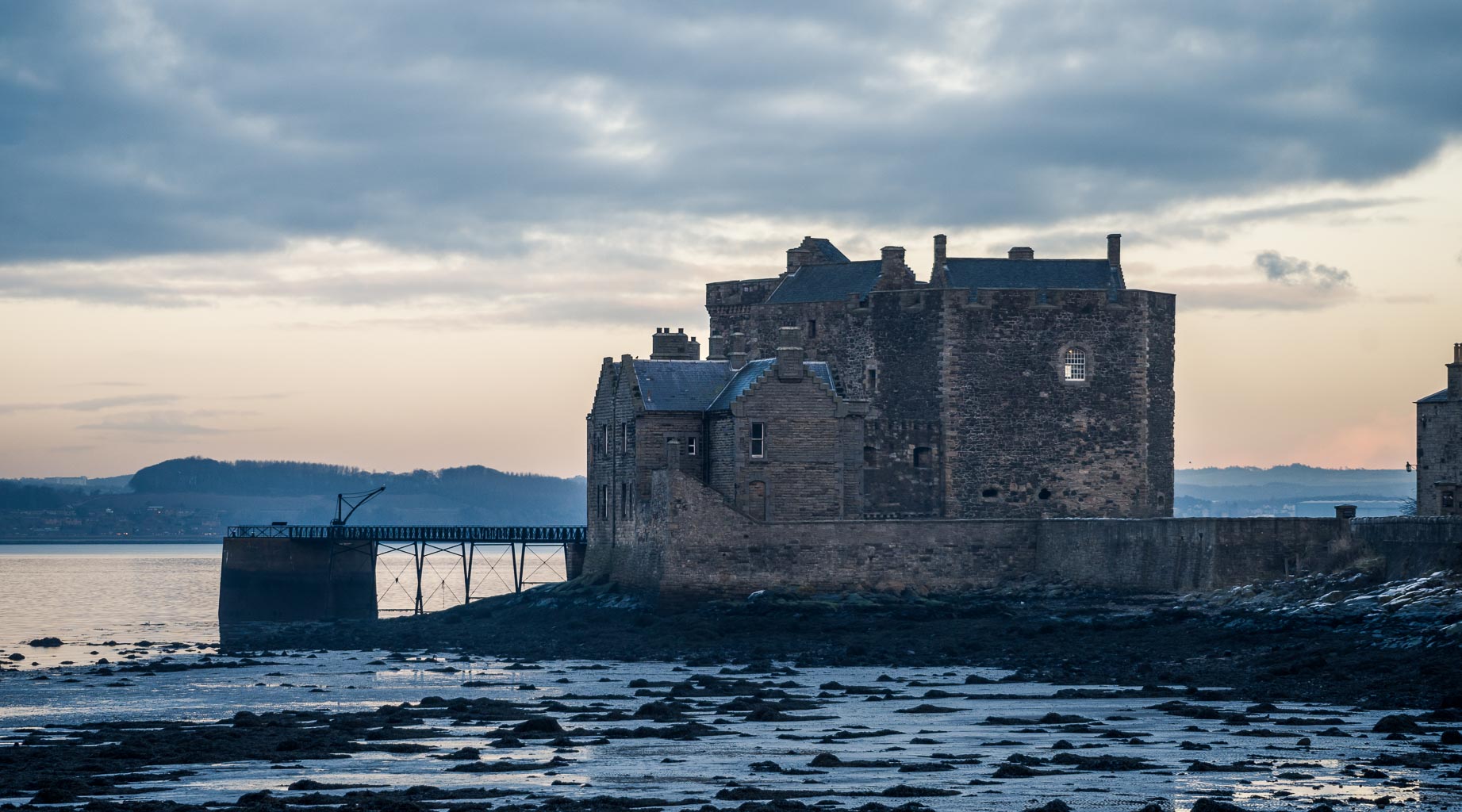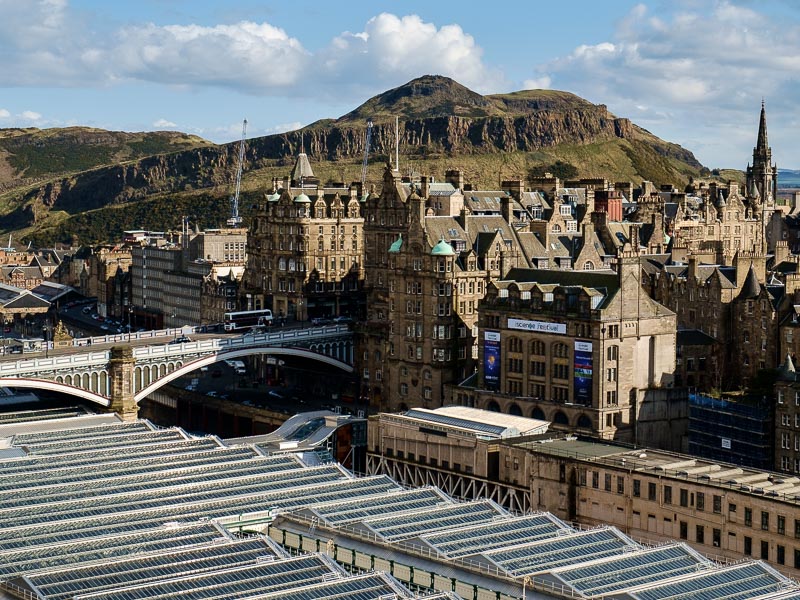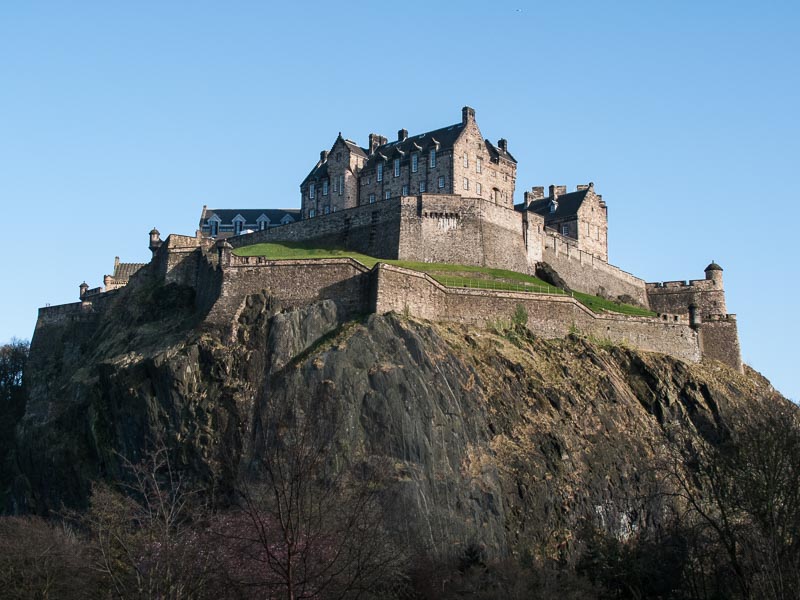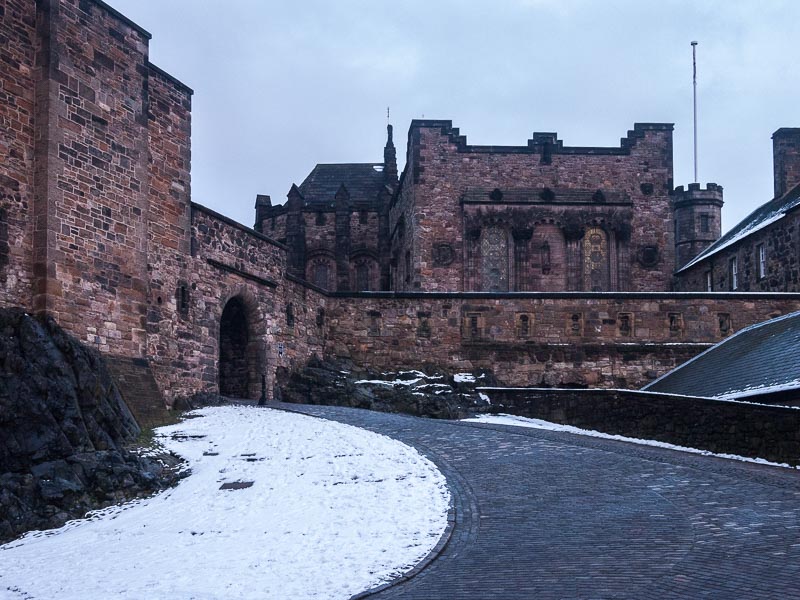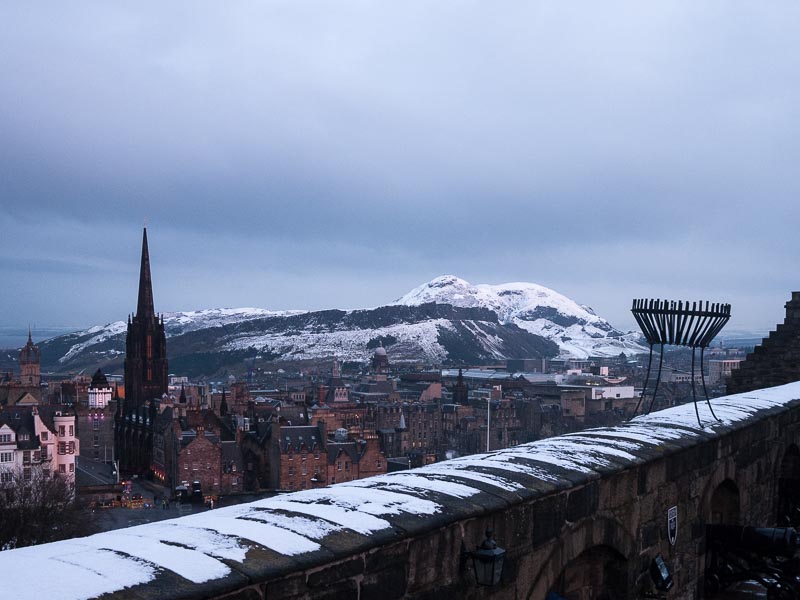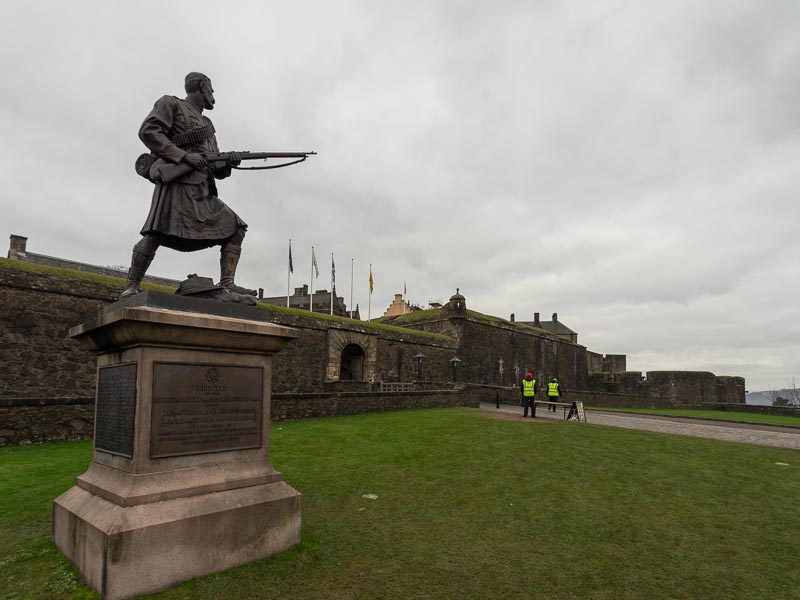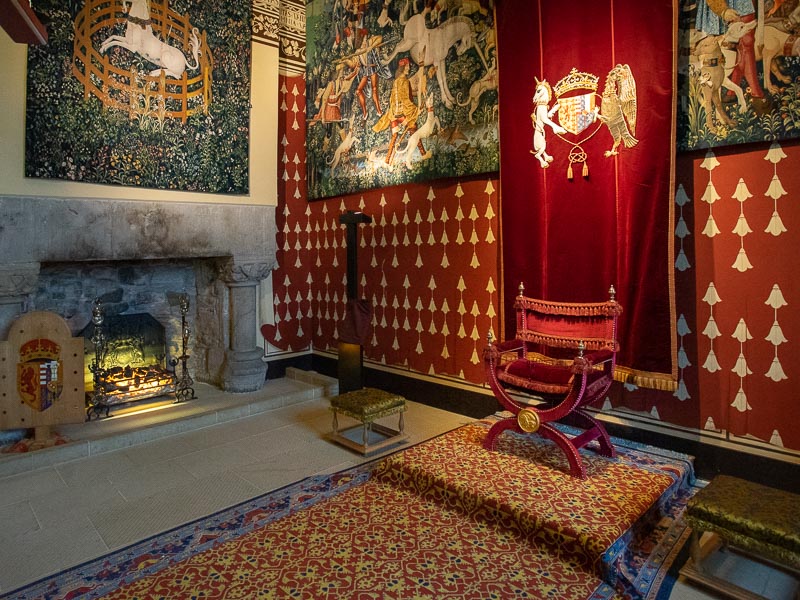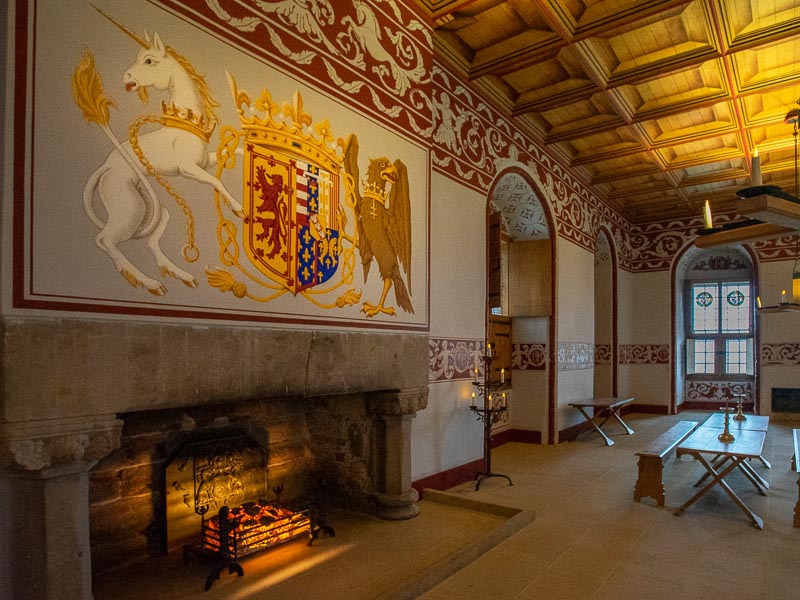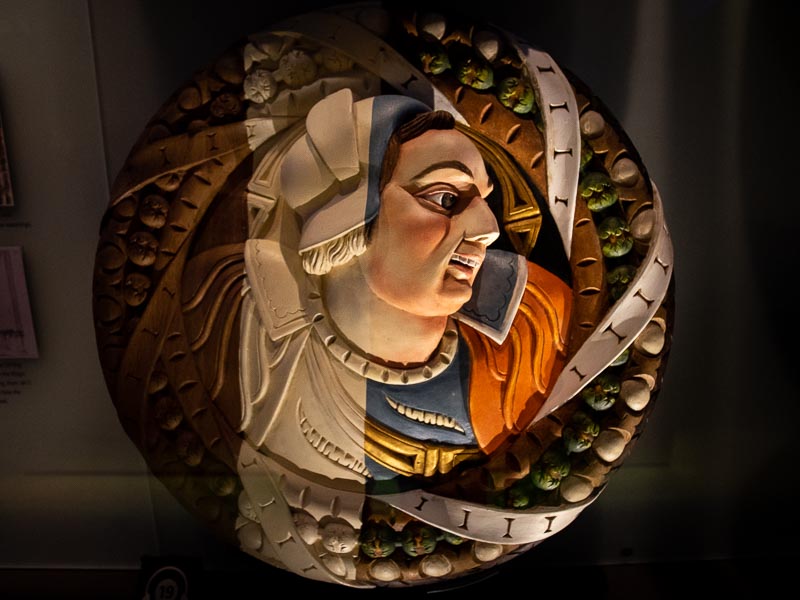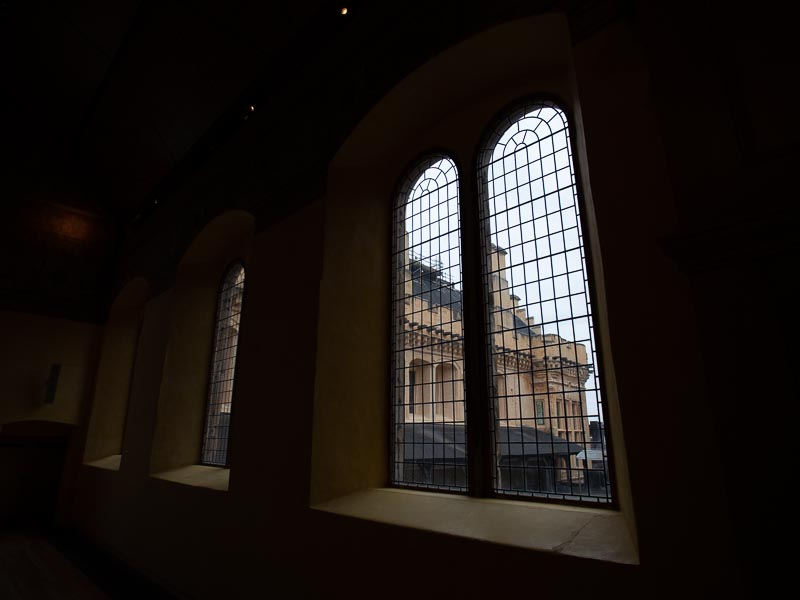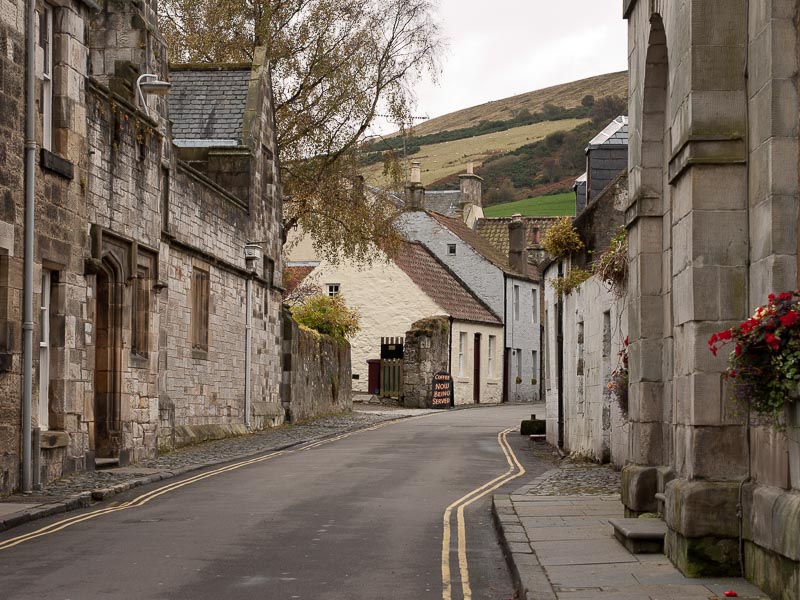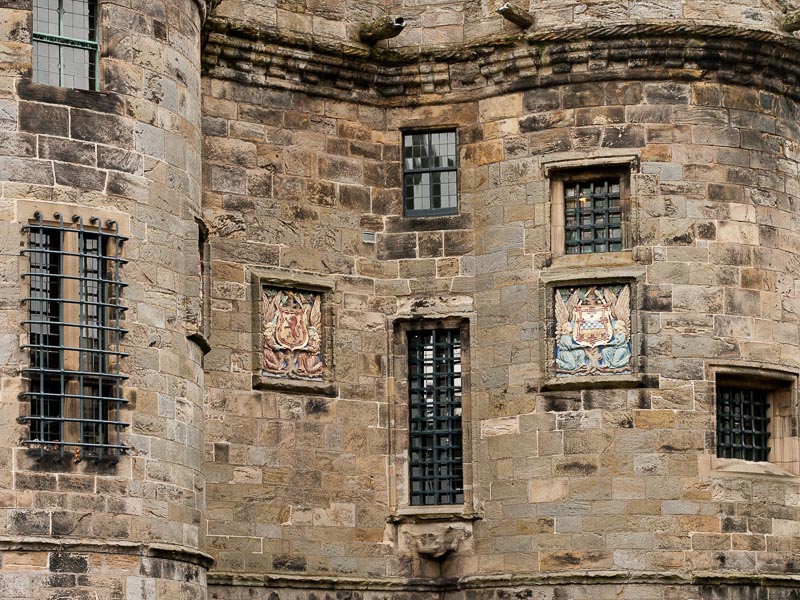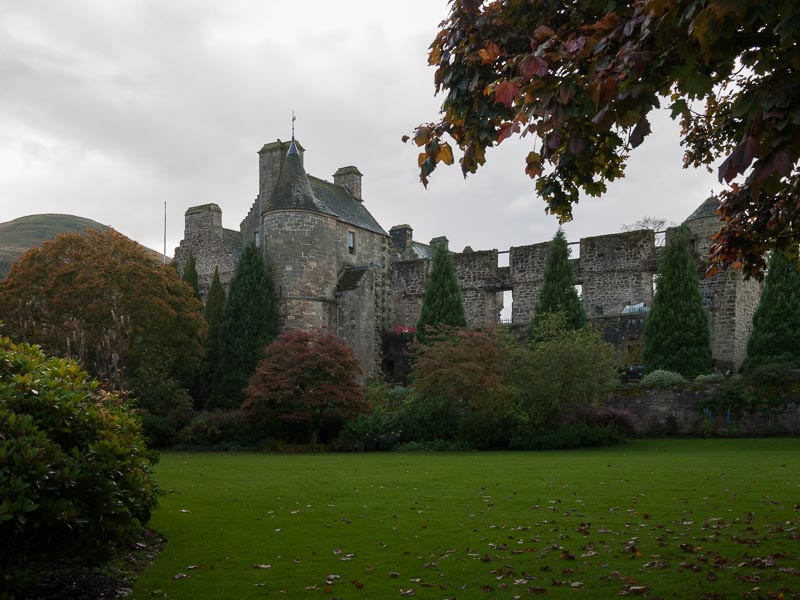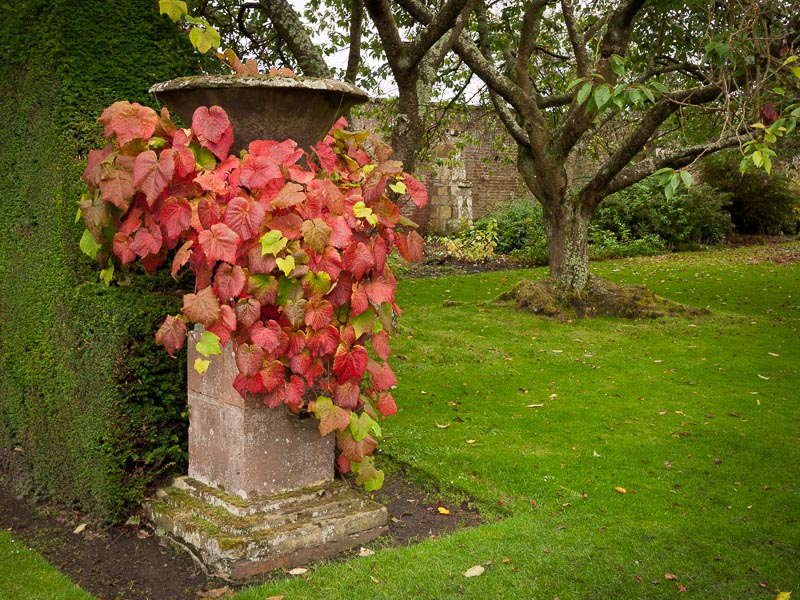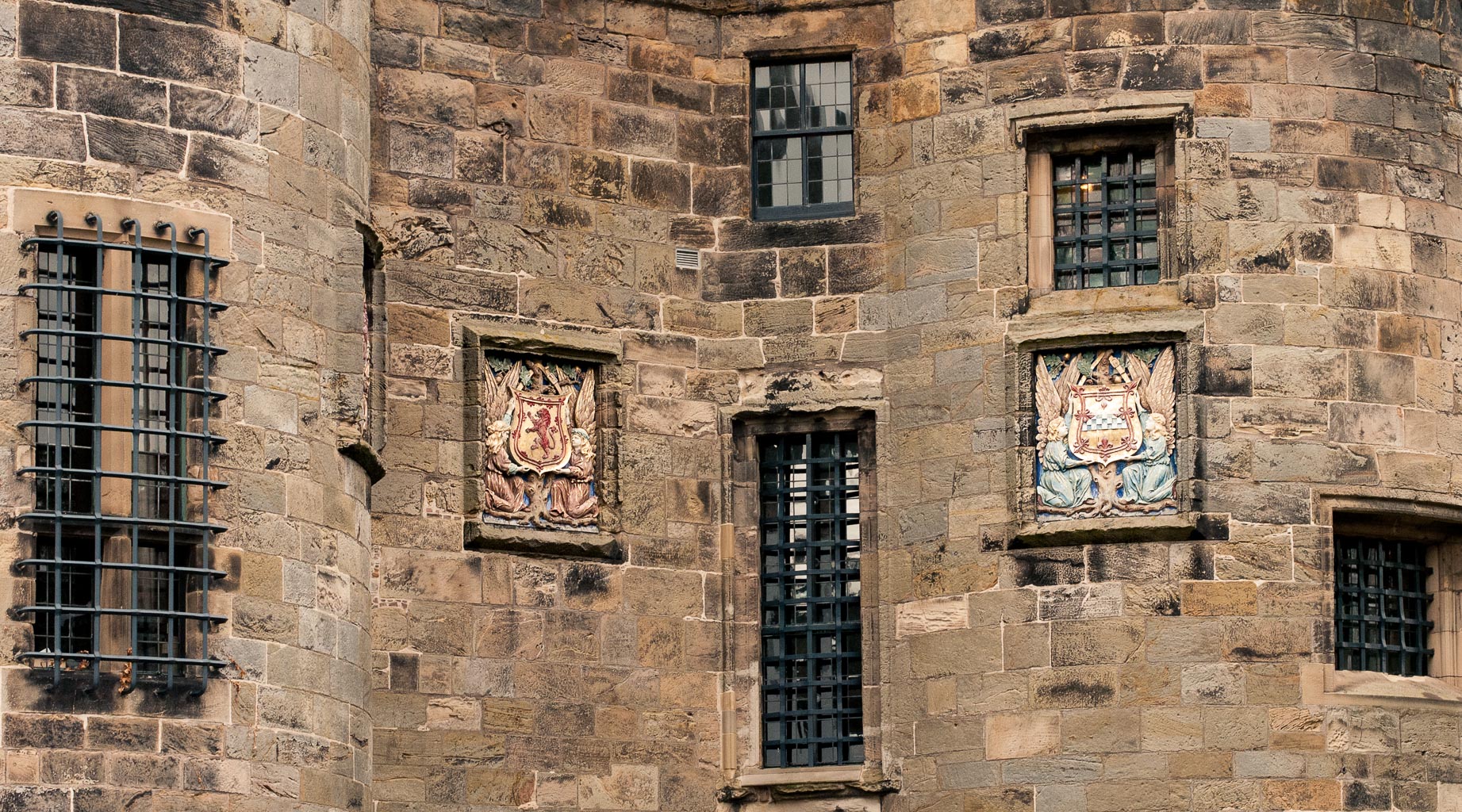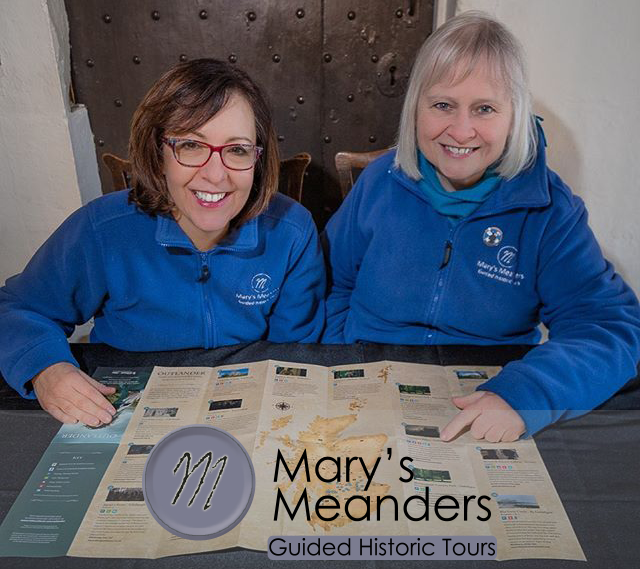In the footsteps of Mary Queen of Scots
Immerse yourself in the history of sixteenth century Scotland, while enjoying some of the stunning locations that surround Champany.
Day 1
Start your tour at a filming location, only 5mins drive away: Blackness Castle.
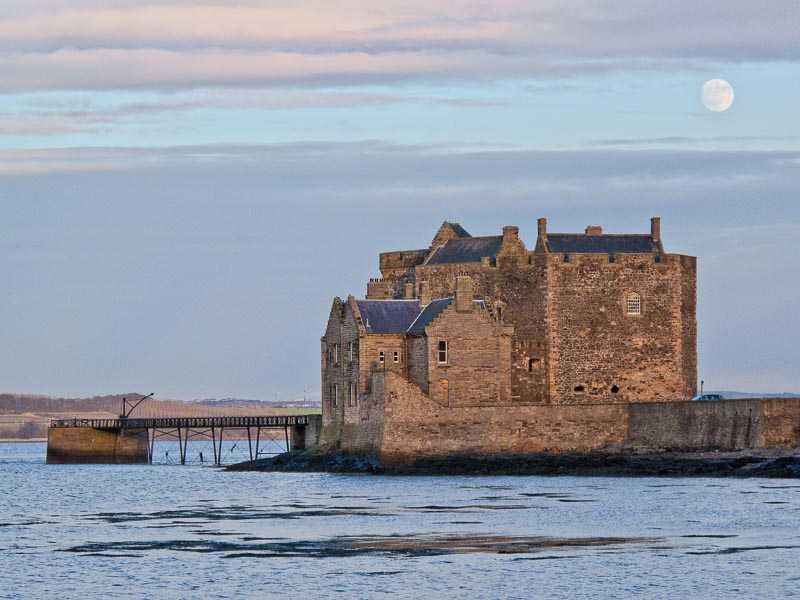
Moonrise over Blackness Castle
Moon rises over Blackness Castle which famously starred in Outlander and Hamlet.
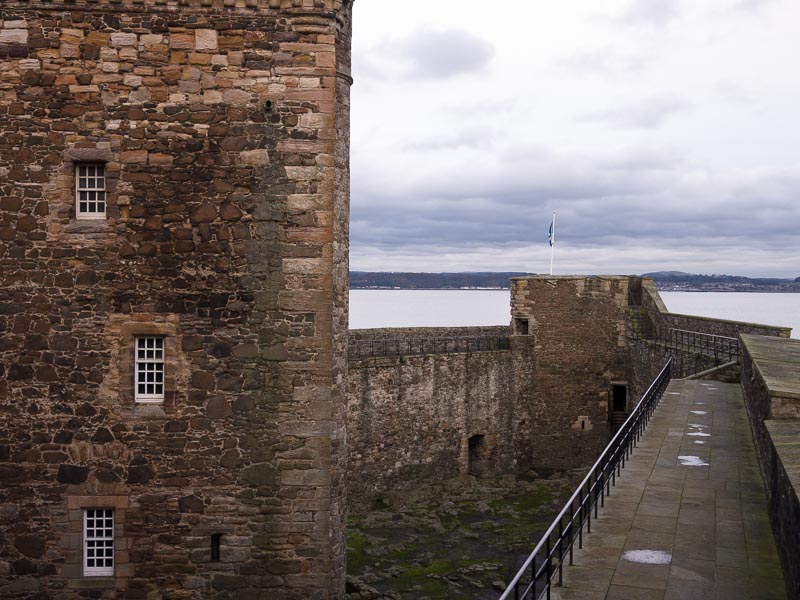
-
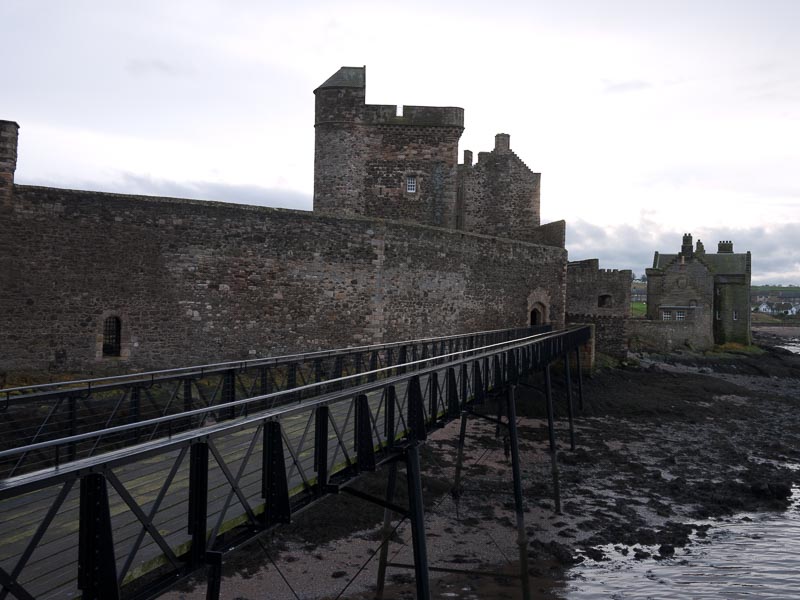
-
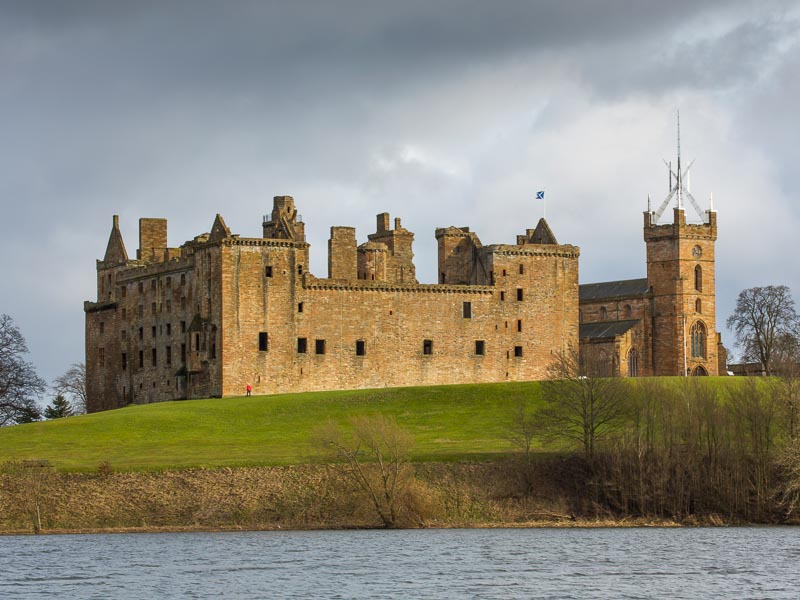
-
Linlithgow Palace and St Michael's Parish Church with it's distinctive spire by Linlithgow Loch
Blackness Castle was built in the 15th century to protect the port for The Royal Burgh of Linlithgow. It is known as the ship that never sailed, due to its unusual shape. Mary herself is not known to have visited Blackness, but it plays a prominent role in the filming of the movie. It is becoming something of a film star itself, featuring in Outlander and Outlaw King as well as Mary, Queen of Scots.
It is a short 10 minute drive to The Royal Burgh of Linlithgow, where Mary’s story began on the 8th December 1542.
Linlithgow Palace is still a magnificent shell of a building today.
Start in the fine courtyard, with the beautiful James V fountain, which has been extensively restored and occasionally flows with water. Wander through the Royal apartments of James IV and Margaret Tudor – the marriage of the (Scottish) Thistle and the (Tudor) Rose, which ultimately led to the union of the crowns of Scotland and England. Finally enter the very suite where Mary’s birth took place.
As we leave the Palace we will stop by the beautiful bronze statue of Mary, erected by The Marie Stuart Society. On the lawn nearby you will also recognise the magnificent backdrop used for the coronation of King Robert The Bruce in The Outlaw King.
Then visit the stunning St Michael’s Church, where Mary was baptised. Read about stories of its famous bells and enjoy some beautiful tributes to Mary within the Church. It also features as the wedding church in the recent Outlaw King film.
Day Two
Refreshed and ready to head off the next morning, we will visit Edinburgh, key location to a number of momentous moments in Mary’s life.
Edinburgh Castle: After her arrival back in Scotland from France in 1561, Mary was brought to the Castle and took part in a procession down the Royal Mile to Holyrood Palace to greet her people. Holyrood was her preferred residence, but she returned to The Castle in times of danger. After the murder of her secretary, Rizzio, Mary felt that it would be safer to move back into Edinburgh Castle until her baby was born. On 19th June 1566, Mary’s son James was born at the Castle.
The Castle also houses The Honours of Scotland (Crown Jewels) where you will see the crown designed by James V, but first used to crown the infant Mary, at Stirling Castle.
A walk down the Royal Mile
If you are able, meander down The Royal Mile to the Palace of Holyroodhouse, imagining life as it would have been in Mary’s day. A bustling noisy city, with the closes (little alleyways) much as they still are today. We will point out items of interest along the way, including St. Giles Cathedral and Canongate Kirkyard.
The Palace of Holyroodhouse: Mary’s home while in Edinburgh and still official residence of the Monarch in Scotland today. Here you will see Mary Queen of Scots Suite of Rooms; the outer room, the inner room and her bedchamber. The inner room is where Rizzio was murdered. We will also visit Holyrood Abbey ruins in the grounds, where Mary’s father James V and her husband Lord Darnley are interred.
Day Three
Drive a little further afield to Stirling, view Loch Leven from afar and Falkland Palace.
From Linlithgow, Mary’s story moves on to Stirling Castle, where she is crowned at just 9 months old. Stirling, in contrast to Linlithgow, has been fully restored and you will see the rooms decorated as they would have been in the time of Mary’s parents, King James V and Marie de Guise. When Mary is 5 years old, her mother no longer considers Scotland to be safe for her daughter, and she is sent to France where she grows up at the French Court and marries the Dauphin, Francois.
A place of heartbreak and the place that marked the end of Mary’s freedom.
On the way north look out for Loch Leven, a place of heartbreak. At the Battle of Carberry Hill Mary gave herself up to The Scottish Lords and was taken into captivity at Loch Leven Castle. Situated on an island on the loch, it is the place where she was forced to abdicate in favour of her son James. She did escape with the aid of the young Douglas men, and went on to a final battle at Langside before fleeing to England and captivity for the rest of her life.
Finish your adventure on a happier note with a visit to Falkland Palace in Fife, where the Stewart kings and queens liked to relax and have some fun. As well as the traditional hunting and archery, they would play golf at nearby St Andrews and tennis on the enclosed court in the grounds. The tennis court is the oldest in the UK, still in use today. Falkland Palace has been partly restored and you will see rooms modelled as they would have been in the 16th century.
A Guided Tour
If you would like a guided tour of these historical sites and hear the stories associated with Mary in person then we would recommend our friends at Mary's Meanders
Go Back...